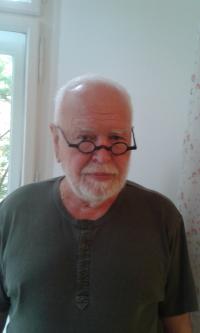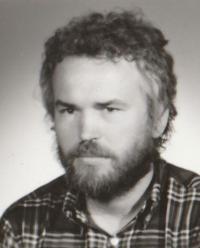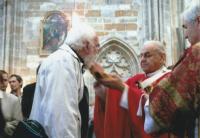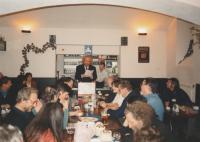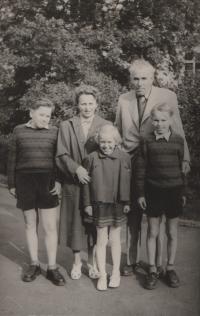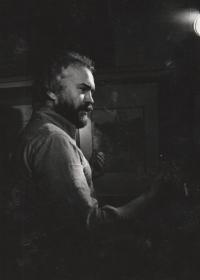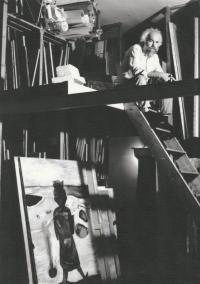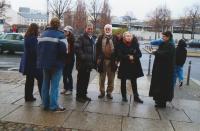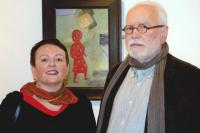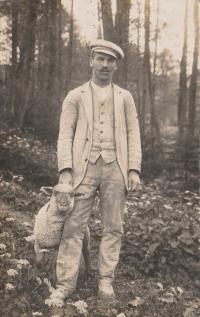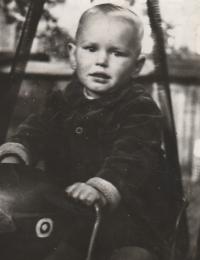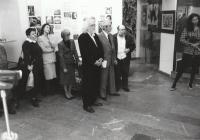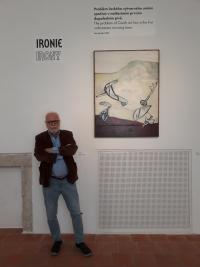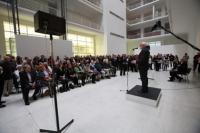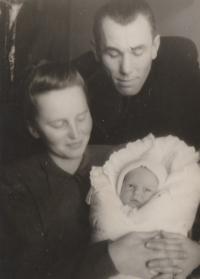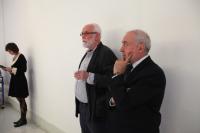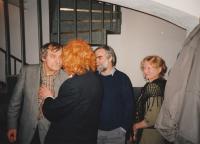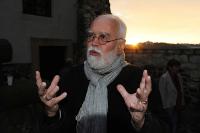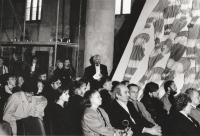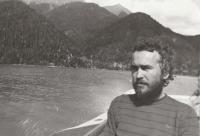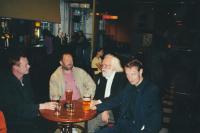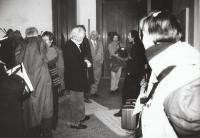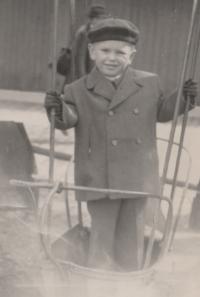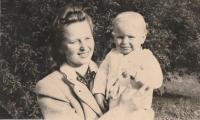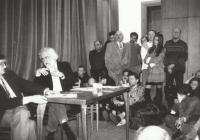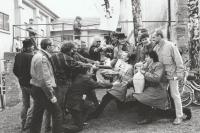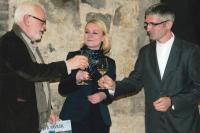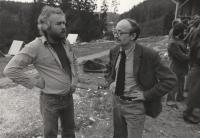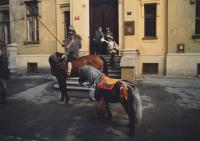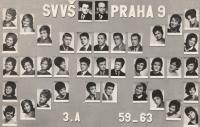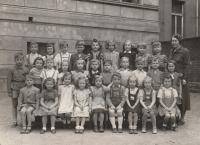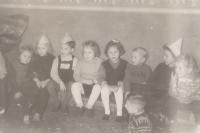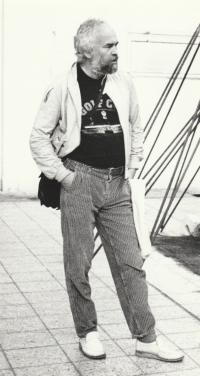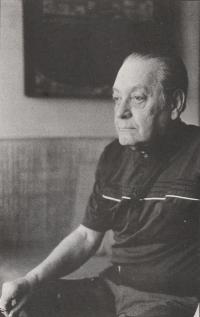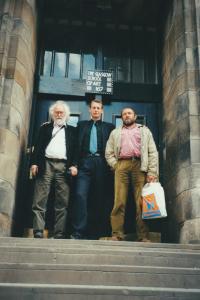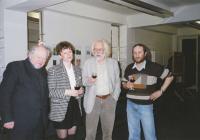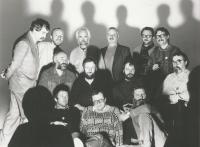My life is half lived and half performed or played. I do not even know if I perform it more for myself or for others
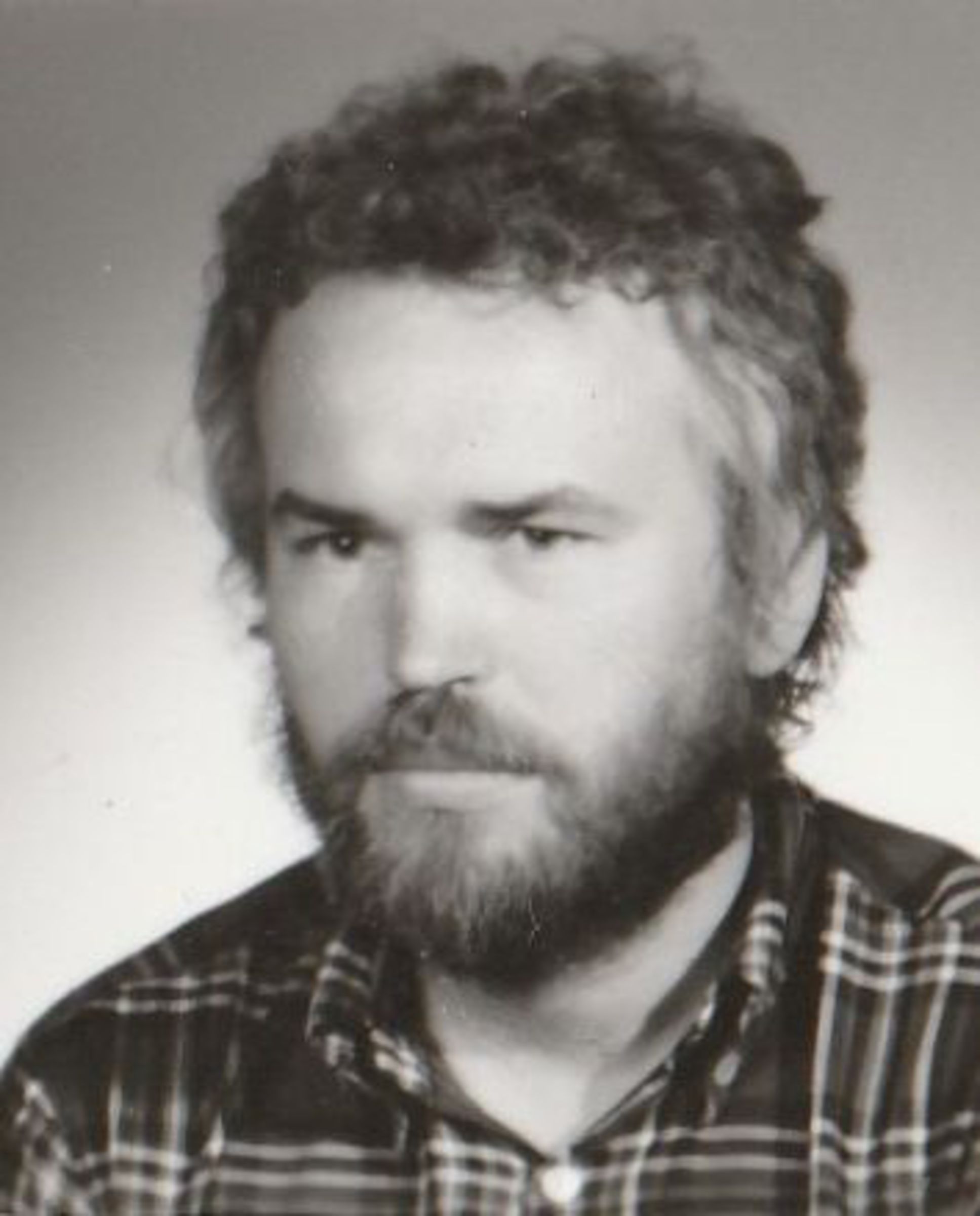
Download image
Petr Pavlík, academic painter, was born on 31st January 1945 in Prague. His parents came from rural regions of the Czech-Moravian Highlands, and after the wedding they moved to Prague Vinohrady. In the 1950s Petr´s father was sentenced to a five-year imprisonment for political reasons. After completing his secondary education, Petr was not allowed to continue studying, but had several manual jobs and at the end of the 1960s was accepted at the Arts Academy in Prague. In the period of the so called normalization (after the 1968 occupation) he co-organized independent art exhibitions and other events. Together with his fictitious twin brother, Dr. Pavel Petřík, he wrote a number of articles critical of the Czech post Revolution art scene. They were even published. He had several individual and group exhibitions in prestigious galleries at home and abroad. He has been awarded the title of Honorary Citizen of Prague 2. Today he teaches at the Prague DAMU, department of scenography and writes critical articles on art and the state of the society.
